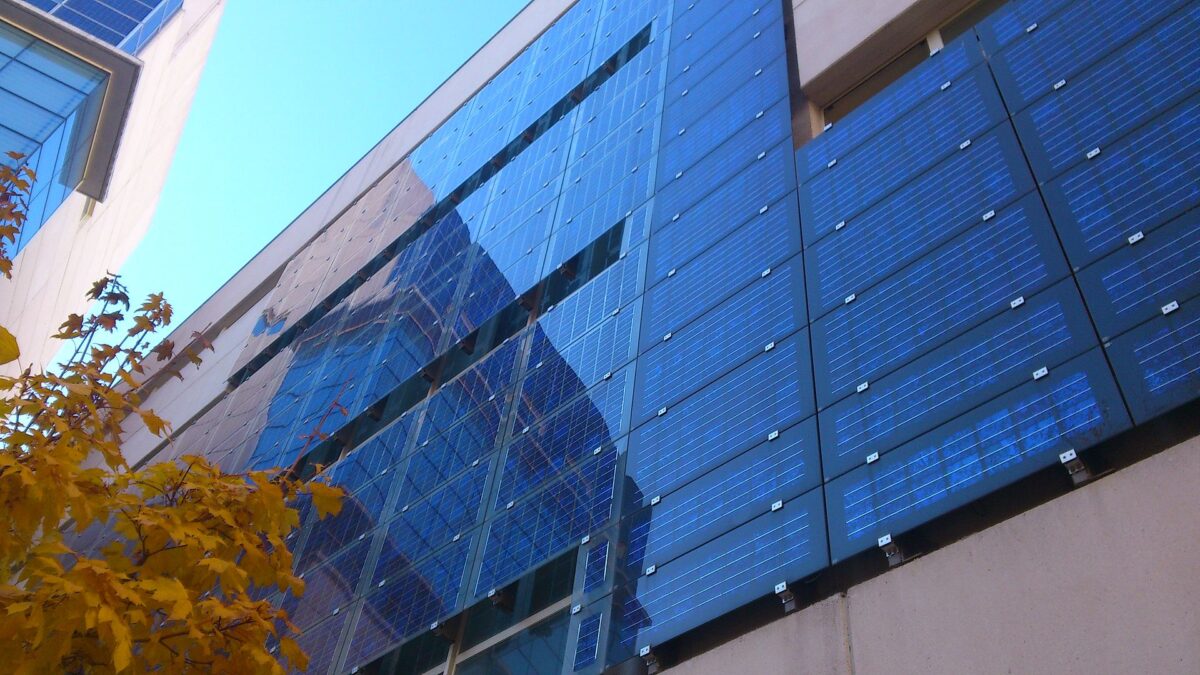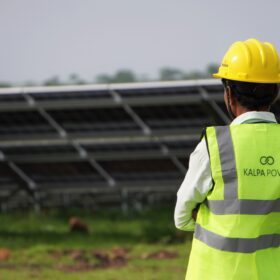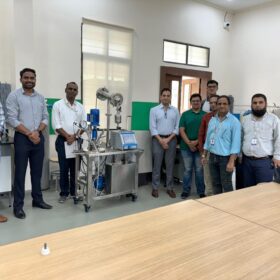BIPV could help India meet a significant chunk of its renewable energy targets, such as building 500 GW of non-fossil fuel capacity by 2030. But the BIPV industry, both in India and worldwide, is a young one with few recognized standards. India has included BIPV installations in its residential rooftop solar scheme (PM Surya Ghar: Muft Bijli Yojana), aiming for 10 million installations by 2027, which could lead to increased demand for BIPV components. But for now, because of the limited knowledge and availability of BIPV components in the country, the inclusion of BIPV in this scheme would not have the expected impact.
CSTEP has also worked with New Delhi’s School of Planning and Architecture to develop a set of guidelines for BIPV, to be used by solar installers, architects, construction companies, policymakers, and other stakeholders. The guidelines were published in mid-2025, following a review by India’s Ministry of New and Renewable Energy.
“We have the potential in India; we have the guidelines. Now we need to increase public awareness and the understanding of BIPV,” said Shantanu Roy, Sector Coordinator, Renewables and Energy Conservation, at CSTEP.
The three institutes are now working together to develop a BIPV ladder that will allow building owners and other key stakeholders (such as architects, designers, and policymakers) to calculate a building’s BIPV viability based on a few parameters and a BIPV design tool that will show detailed system designs as well as technical and financial parameters. “We want to give a very comprehensive solution to the stakeholders, to make it simple for them to decide whether or not to go for BIPV,” said Roy.
Cross-sector perspective
During the development of the guidelines, Roy found that the awareness of BIPV among architects and the buildings sector was low. In his view, this makes the work even more valuable, providing not only the knowledge that BIPV products exist but also clear guidelines on the entire process of working with them – which regulations are relevant, different ways to integrate PV into the design, and so on.
Providing a clear explanation of the economics is another goal, so that the sector can understand the benefits. PV glass, for example, is more expensive upfront than an ordinary glass facade, but savings on energy bills, for a high-rise office building with heavy air conditioning use, in the long run can make it more than worthwhile. And the earlier BIPV is factored into a plan, the better. “BIPV works best when it is integrated at the design stage and not as a retrofit or an afterthought once building designs are completed,” said Roy.
Roy also sees policymakers as key to growth in BIPV, noting that its inclusion in PM Surya Ghar: Muft Bijli Yojana is encouraging, but larger commercial buildings are where its real potential lies. And in many cases, updates to building codes are needed to allow BIPV components to also be classified as building materials.
To improve awareness about BIPV, it needs to be included in architectural and engineering curricula. Roy says that he has been involved in workshops and training sessions with students in various disciplines, aiming to ensure that when they become professionals, they have knowledge of BIPV and how it can be a useful solution in many contexts.
Opportunities
With BIPV’s inclusion in PM Surya Ghar: Muft Bijli Yojana, Roy sees some opportunities for balcony PV in high-rise apartments where owners do not have a rooftop or other places where rooftops are shaded or otherwise in use.
But the real opportunity is in the commercial and industrial sectors, with glass facades on office buildings and integrated rooftops on factories, warehouses, and other buildings – particularly those that do not have a rooftop able to bear the load of a PV installation. Roy points out an installation at a train station in Vijayawada, in the southern state of Andhra Pradesh, where sheds above four platforms were replaced by a PV installation also acting as a roof.
The majority of BIPV products on the market today have been developed by European companies. Many of these companies are now exploring partnerships to develop manufacturing units in India, which makes this a very attractive prospect for India.
For now, India has sufficient land to continue the buildout of large-scale solar. But its solar ambitions will increasingly come up against land and other constraints. In this scenario, BIPV holds the potential to meet a significant chunk of India’s solar target while reducing energy bills for building owners and taking strain off the grid.
This content is protected by copyright and may not be reused. If you want to cooperate with us and would like to reuse some of our content, please contact: editors@pv-magazine.com.









By submitting this form you agree to pv magazine using your data for the purposes of publishing your comment.
Your personal data will only be disclosed or otherwise transmitted to third parties for the purposes of spam filtering or if this is necessary for technical maintenance of the website. Any other transfer to third parties will not take place unless this is justified on the basis of applicable data protection regulations or if pv magazine is legally obliged to do so.
You may revoke this consent at any time with effect for the future, in which case your personal data will be deleted immediately. Otherwise, your data will be deleted if pv magazine has processed your request or the purpose of data storage is fulfilled.
Further information on data privacy can be found in our Data Protection Policy.